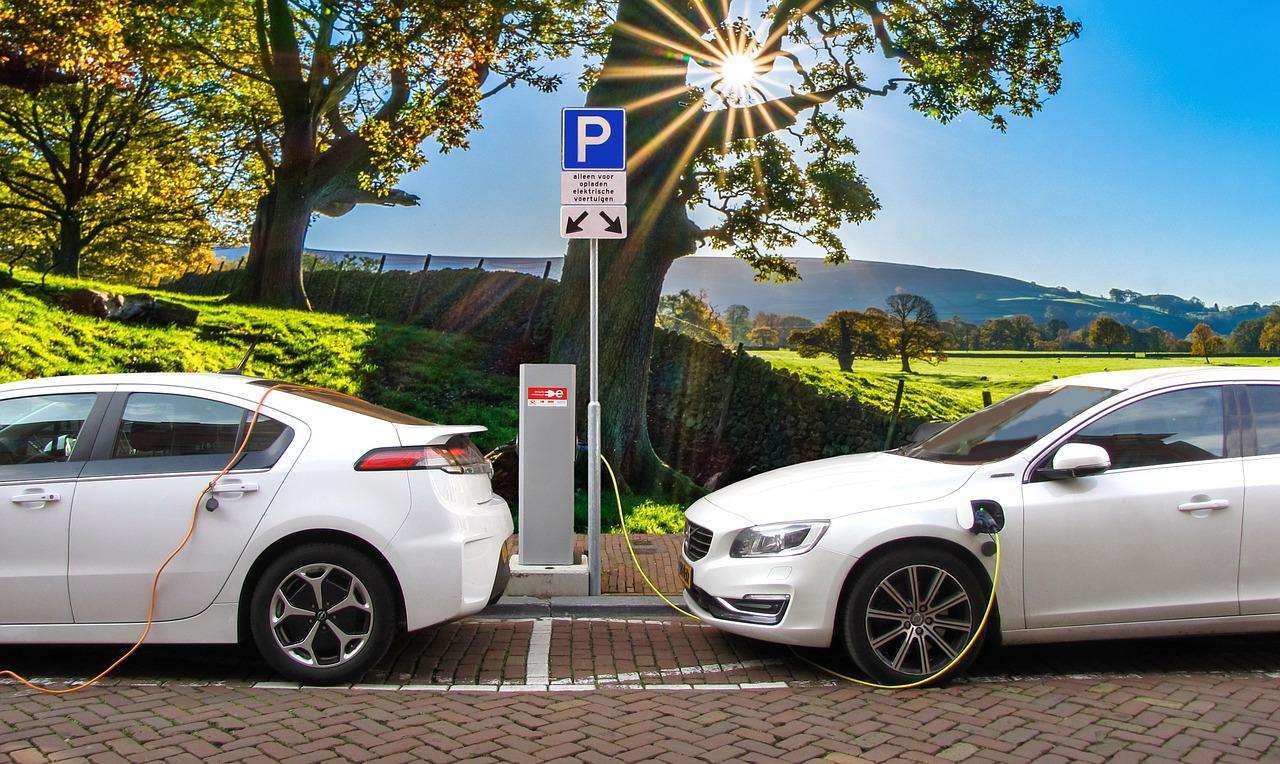Ownership of electric vehicles has been surging across much of the developed world in the face of sky-high oil prices, but supportive infrastructure for EVs may still lag behind in many areas. A lack of efficiently located charging facilities can be one such oversight.
It is to overcome this shortcoming that researchers in the United States have developed a computational model for determining the optimal locations for charging facilities.
Better yet: the model can also predict how powerful individual charging stations should be so that they won’t place too much of a burden on the local power grid.
Modelling of this kind is a complex process because it has to take into account several variables such as usual travel flow, expected user demand and the state of the local power infrastructure in order to determine how heavily these stations will likely be used and how well the local grid will handle demand.
“We have developed a model that allows planners to optimize these decisions, serving the greatest number of people without taxing the power system,” says Leila Hajibabai, an assistant professor at North Carolina State University’s Fitts Department of Industrial and Systems Engineering.
To date, charging facilities have generally been sited based on whether they would suit a given power system or what would work best from a transportation standpoint, but not both, the researchers say.
“Very little work has been done that addresses both. And those cases that looked at both power and transportation systems did not take into account the decisions that users make. Where do they want to charge their vehicles? What are their travel plans?” Hajibabai explains.
“The best location for a charging facility from the power system’s standpoint is often not the best location from a transportation systems standpoint. And the best location from a user’s standpoint is often a third option. Our model looks at power systems, transportation systems and user decision-making in order to find the best compromise,” the scientists elucidates.
Importantly, the team’s new model accounts for the limitations of a power distribution network, including its power flow, voltage and other features. At the same time, its transportation component accounts for the number of travelers, the routes they take and how far their vehicles can travel before they need to be recharged.
Once all these details are taken into account, the model identifies specific locations that will minimize travel time for the users of electric vehicles. “People often don’t want to go out of their way to charge their vehicles, so our model takes that into account,” Hajibabai says.
This story first appeared on Sustainability Times
© 2022 Sustainability Times.
This article is licensed under a Creative Commons Attribution-ShareAlike 4.0 SA International License.












